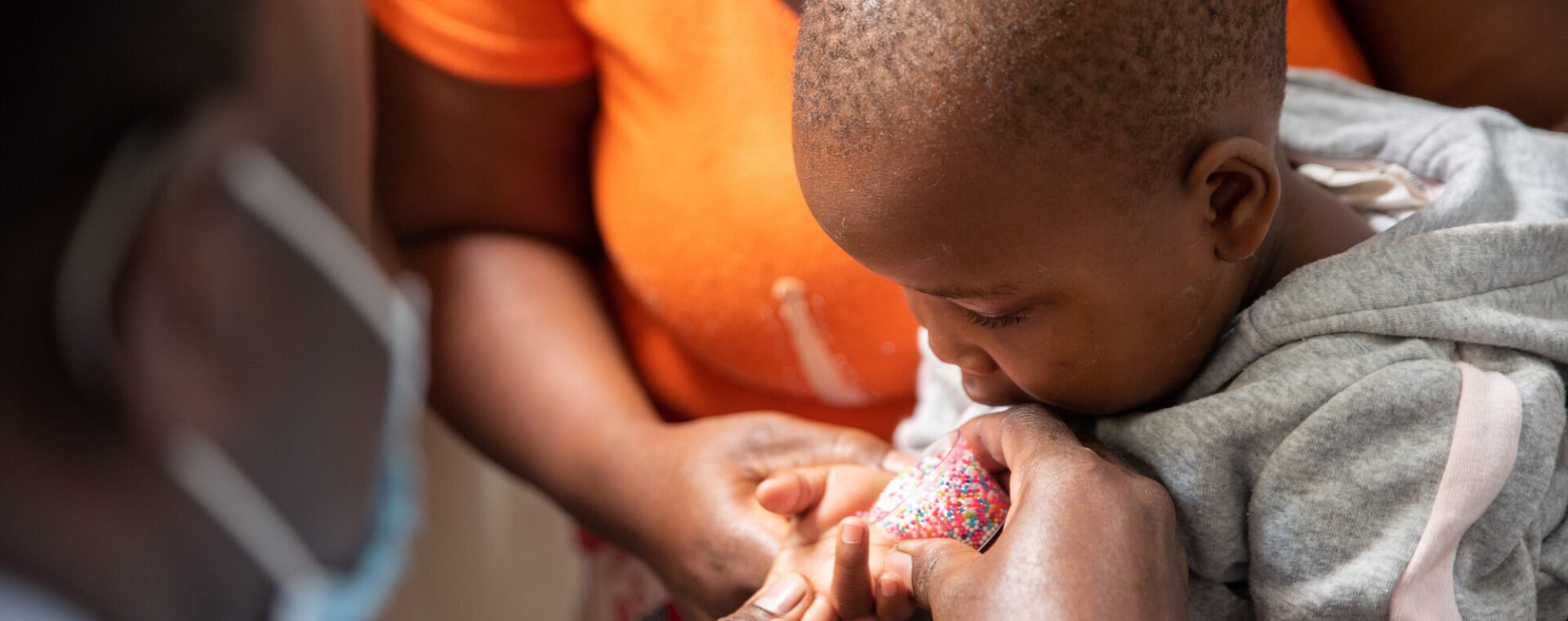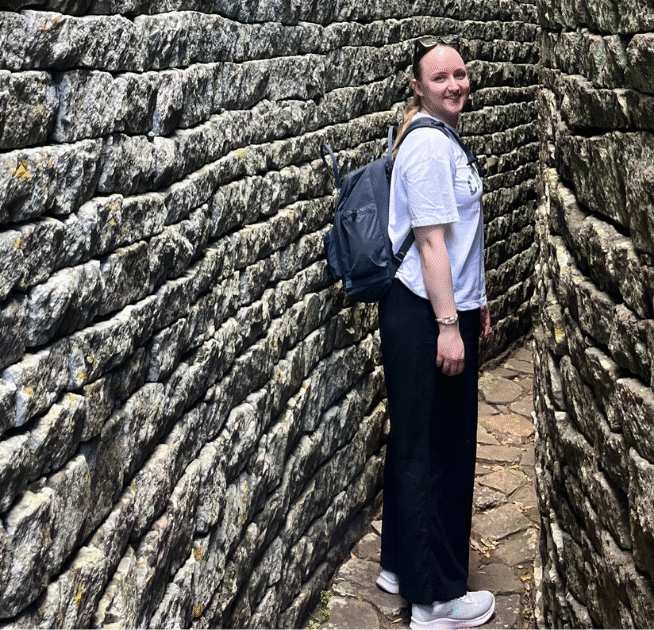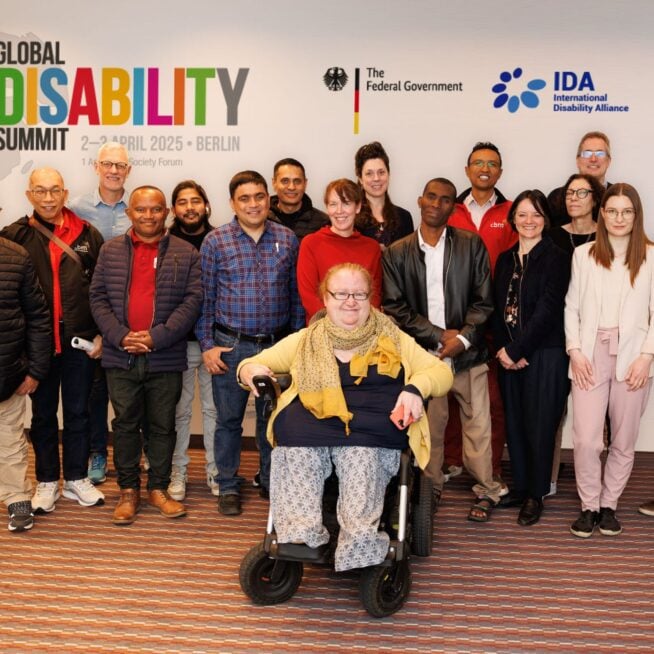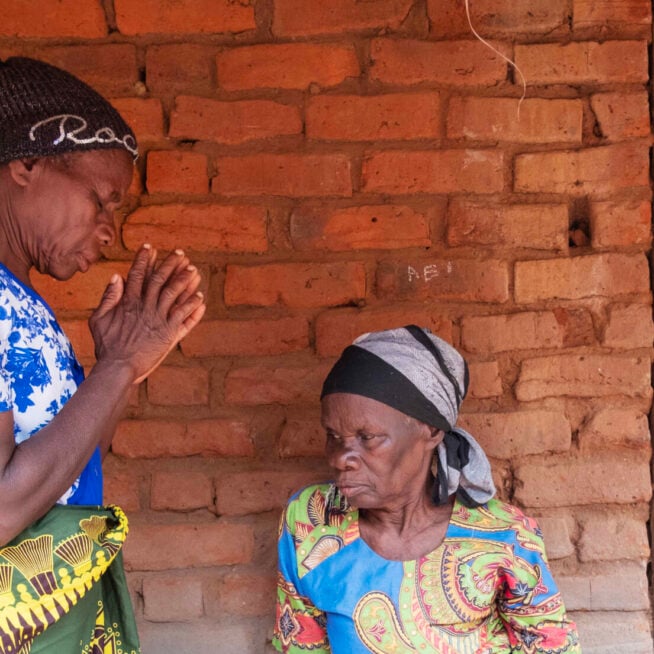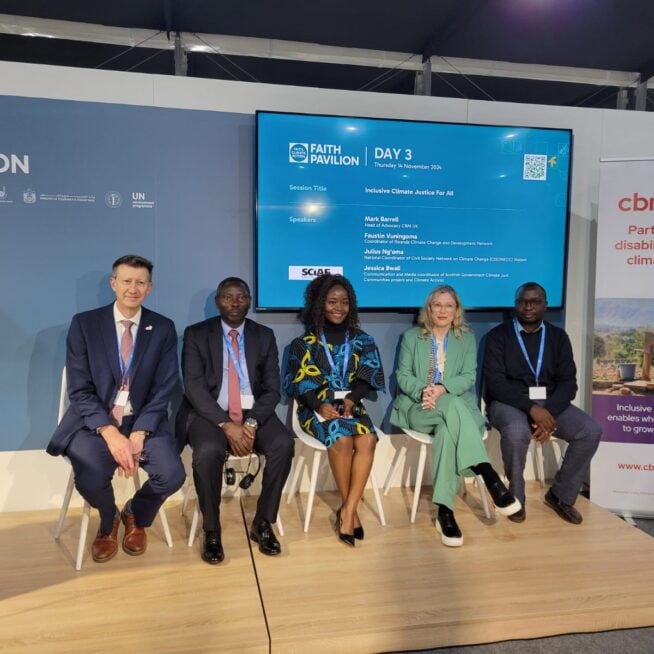Want to transform lives with us? Stay in touch and hear about our news, activities and appeals by email!
Women with disabilities seizing opportunities through the Break the Cycle project in Nigeria
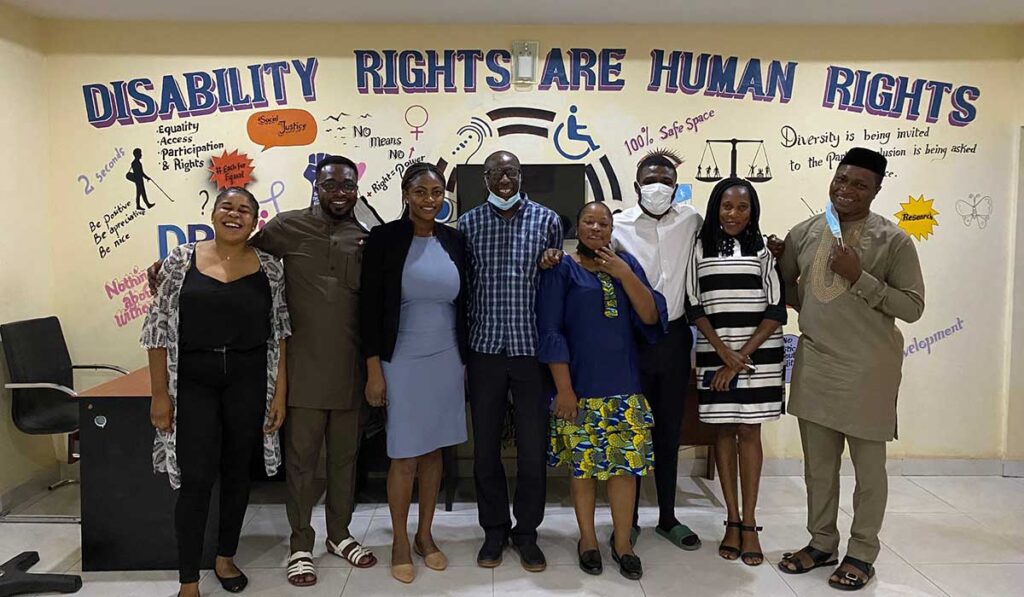
Karen Glisson is Programme Manager & Safeguarding Focal Point at CBM UK. She recently visited our Break the Cycle project in Nigeria, funded by the UK Aid Direct scheme, to meet with our partner Disability Rights Advocacy Centre (DRAC) and some of the women and girls being supported as part of the project. Karen has co-written this blog with Philip Ode Programme Officer CBM Global Nigeria, to mark International Women’s Day (8th March).
Tackling stigma and discrimination against women and girls with disabilities
Our partner, the Disability Rights Advocacy Centre (DRAC), has been working with women with disabilities in and around Abuja for the past ten years. One of the things that women asked for help with was to stop them being financially dependent. They had limited opportunities to earn a living, and most – often under pressure from their families – had to resort to begging in their neighbourhood to bring in small amounts of money. Many and felt isolated and frustrated because they were unable to fulfil their potential. Some experienced violence or other mistreatment at the hands of their partners or their family members. They felt sure that if they could better contribute to their household finances, it would be the key to breaking the cycle of low self-esteem and abuse, and would give them more dignity.
As a result, DRAC and CBM worked together to formulate the Break the Cycle project, melding economic, social and political empowerment of women and girls with disabilities. Funded by UK Aid Direct, the project has multiple activity streams supporting individual women and girls, but also promoting understanding of disability inclusion and challenging stigma amongst their caregivers and families, their community leaders and community members and in their schools.
Philip Ode, Programme Officer for CBM Global Nigeria, says,
‘There is increased acceptance of women and girls with disabilities in the Break the Cycle project communities through the implementation of the project. A significant number of women and girls with disabilities who hitherto had no hope for recognition in society have expressed that they now feel respected by their family members because of this project. They have better understanding of their rights as persons with disabilities, and they are making useful contributions in decision making as it affects them and their families, including contributing to the upkeep of members of the households that they belong to. Their partners (spouses) and family members are equally supportive of them because of the changes that that this project brought about in the lives of their partners and children.’
Visiting women and girls participating in the Break the Cycle project
In December 2021, I was fortunate enough to travel to Abuja, Nigeria, to visit the Break the Cycle project team, including our partner DRAC and some of the women and girls being supported through the project.
As part of the project, women and girls have trained in business and life skills and been provided with wheelchairs, crutches, hearing aids, and foldable canes, where needed. The wheelchairs were particularly welcomed, and as we travelled around on our monitoring visit, we saw many of them. None of the women had had wheelchairs before. The wheelchairs have increased their mobility exponentially, and with it their access to a wider world.
Improving financial resilience
The main activity of the project is setting up Village Savings and Loans Associations (VSLAs), which are led by women with disabilities. These savings groups provide improved financial resilience through the collective safety net of a pooled fund for emergencies. In addition, members save and can take out loans.
The weekly VSLA meetings have turned out to be an important source of support and solidarity for the women, who always make up at least half of each group. The other members are men with disabilities, caregivers, and other supportive community members selected by the women. Community members have seen how well the savings groups are working, and group members have feel that it has positively affected how they are viewed by the people in their area – their status has improved, both within their families and beyond. By the end of the first year of the project, more than half of the project participants reported that they felt they now had more influence on decisions made within their households.
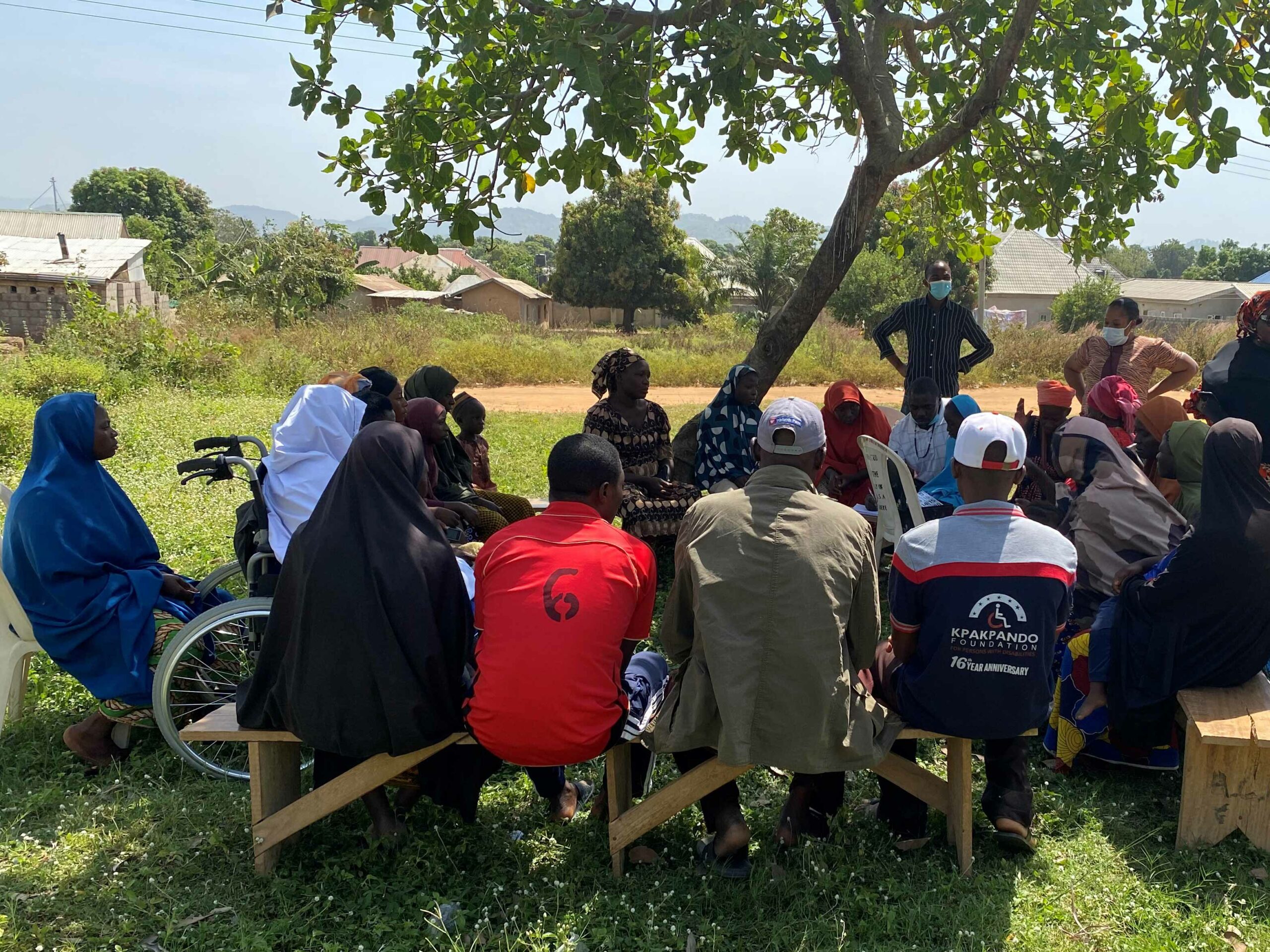
During our visit, we met with several of the savings groups. We asked the members what difference being in the savings group has made to them. Their most frequent answer was that they had been able to start a small business through a loan from the group, which has given them a source of income. After repaying their initial loan, many of the women have taken subsequent loans, larger each time, to continue growing their business. Many also mentioned the social aspect of meeting as a group once per week, and others expressed their surprise at their capacity to make regular savings, saying they never thought that that would be possible.
It was good to observe how a typical savings group meeting was run, and to see that disability-inclusive savings groups can thrive, attracting interest and respect from other community members
Vocational training for over 400 women
Since the start of 2022, women with disabilities in the savings groups have had an additional opportunity – to learn relevant vocational skills. Some of the savings groups have learned jointly how to make soap, creams, hand sanitiser and disinfectants, and then worked together to make and sell the products as a collective. Others have joined classes to learn catering, tailoring, computers, beauty and make-up, and bead and bag making. Finally, where more suitable to the interests and situation of individuals, women with disabilities have been offered placements in local businesses, including hairdressers, shoe makers and furniture makers, to learn on the job. More than 400 women will participate in this skills training altogether.
During our visits to the women on vocational training placements, we saw evidence of what they had already learned; the trainee hairdresser showed us wigs that she had made, and the trainee dressmaker was wearing a dress that she had made herself.
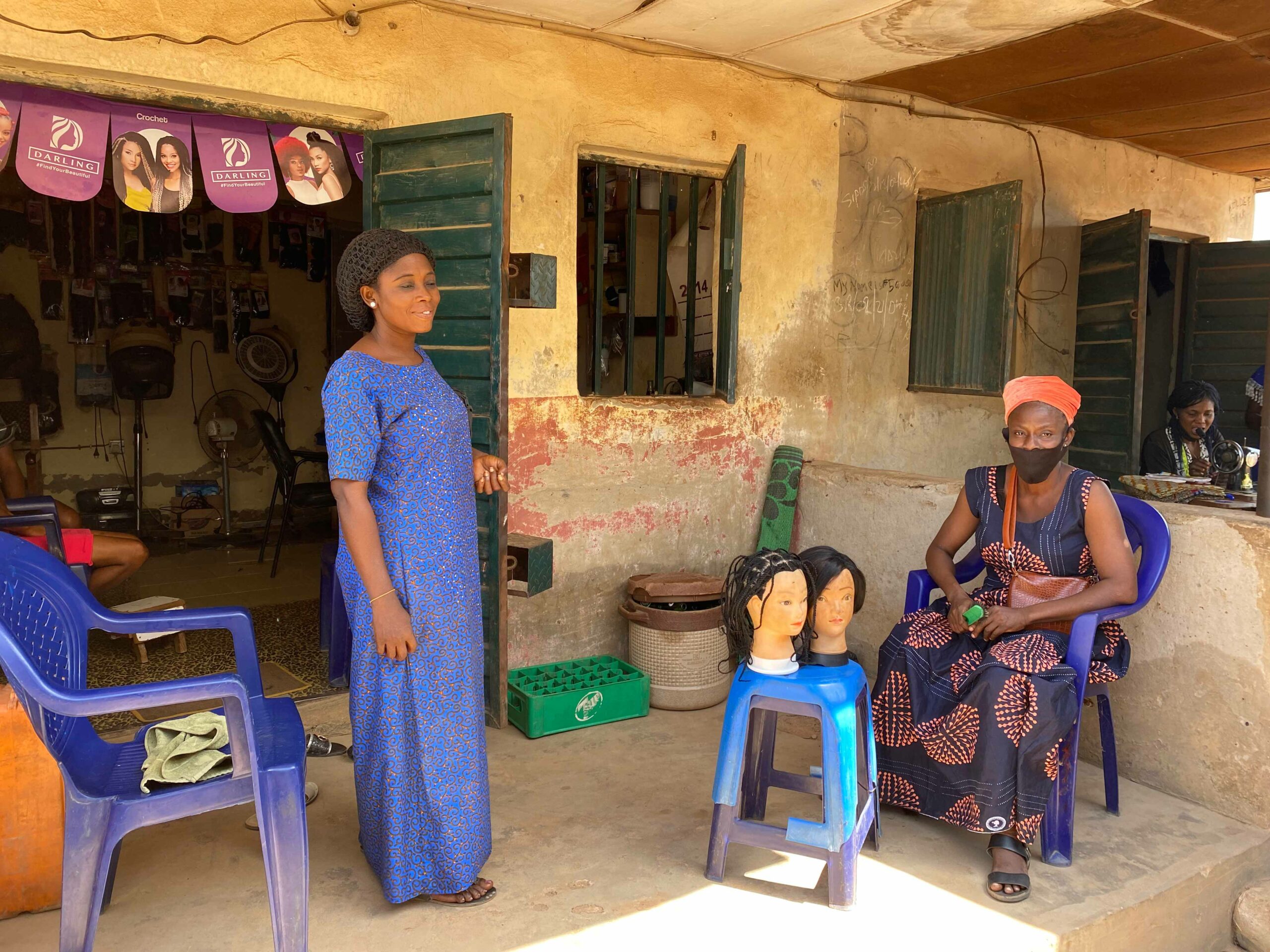
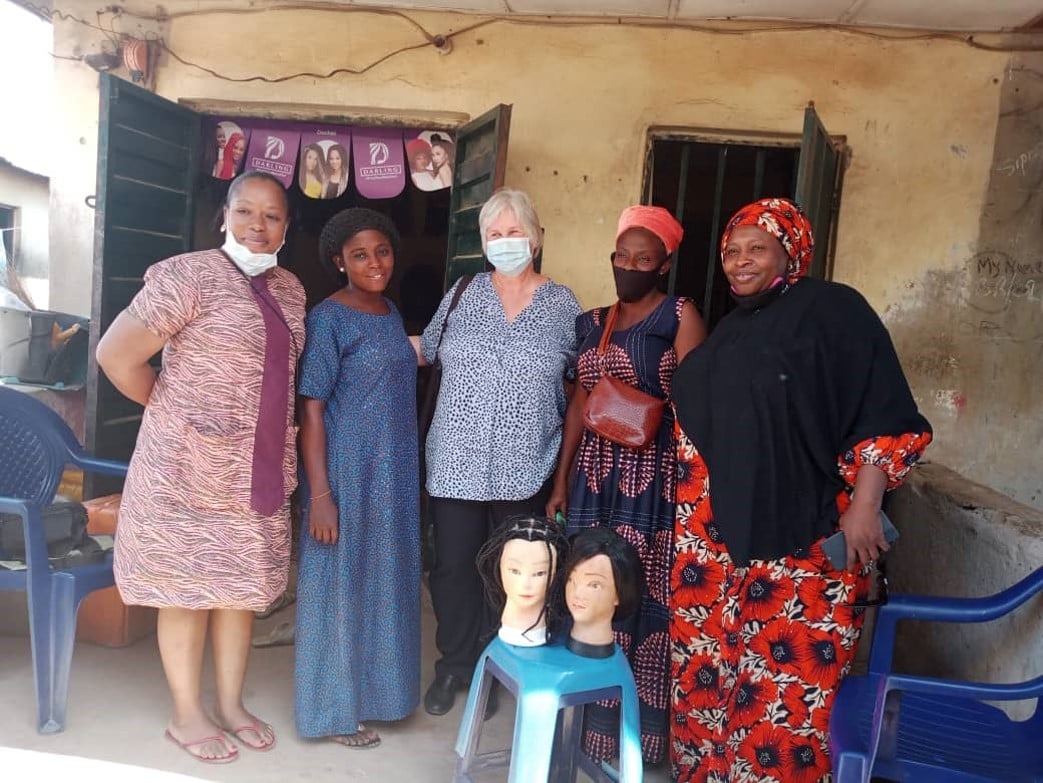
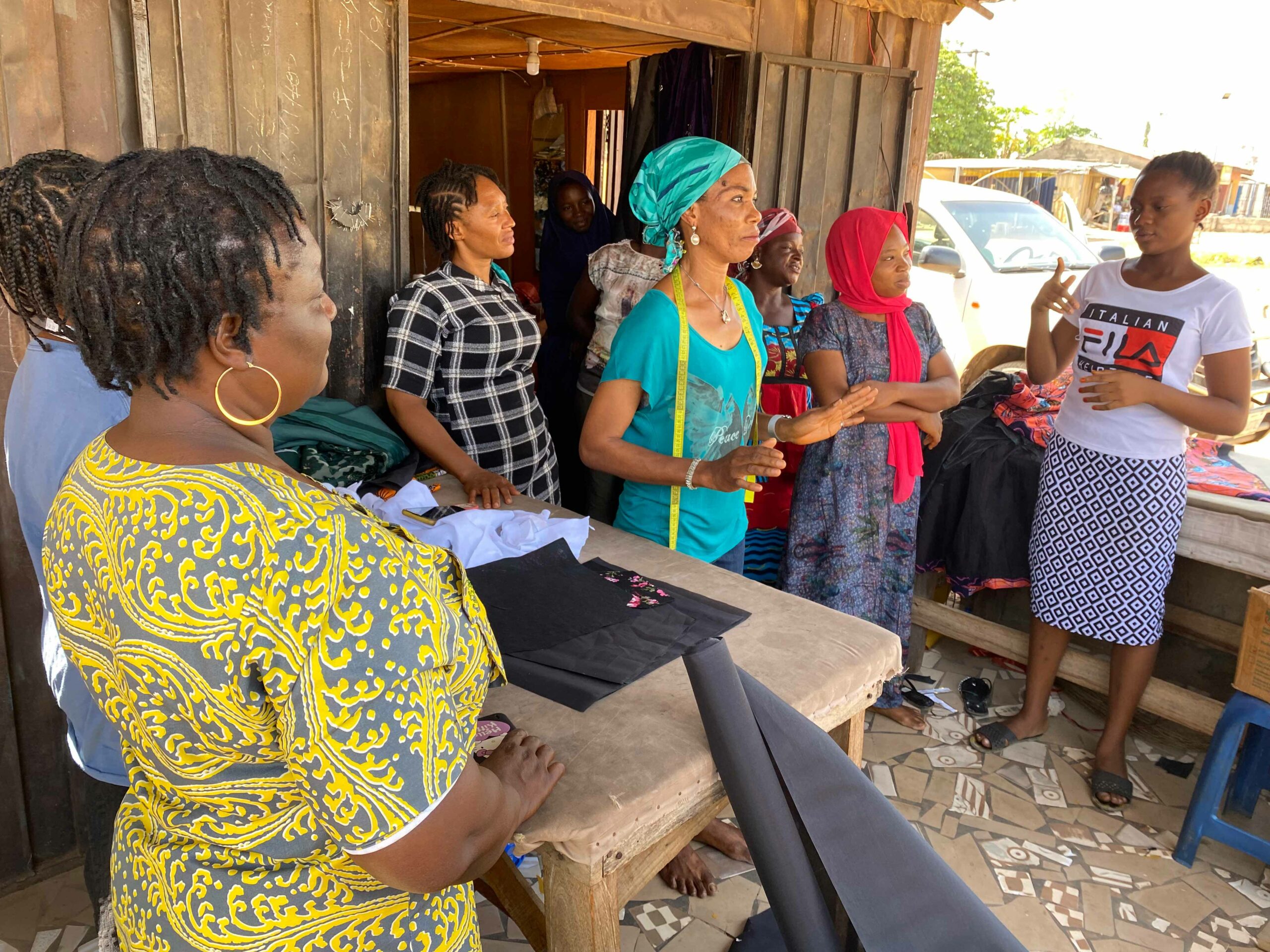
Building confidence through leadership training
In the hope of influencing change beyond the individual level, forty women with disabilities are in the project’s leadership development programme, through which they receive training and mentoring. In our meeting with them, Rashida, Secretary of a VSLA group, talked to us about the satisfaction of learning how to save and how she can now speak out in her family. Martha told us of her plans to stand for election for public office. Constance and others have teamed up and made several visits to government offices and community leaders to advocate for better gender and disability inclusion. It was inspiring to witness their evident potential and their confidence, and to hear of their ambitions for the future.
By the end of the project later this year, nearly 700 women and girls with disabilities will have participated in at least one of its activities. The full impact will be measured then, but initial indications are encouraging, as outlined here. Women in the project are running businesses and making money, which improves their lives and those of their families. They are motivated, their morale is higher and they enjoy more respect in their households and communities.
Find out more about the Break the Cycle project.
Images: 1st – Break the Cycle project team. 2nd – VSLA group meeting. 3rd – A woman at her hair salon with a male client. 4th – Karen Glisson with some of the women doing a hairdressing placement. 5th – Women taking part in a tailoring class.
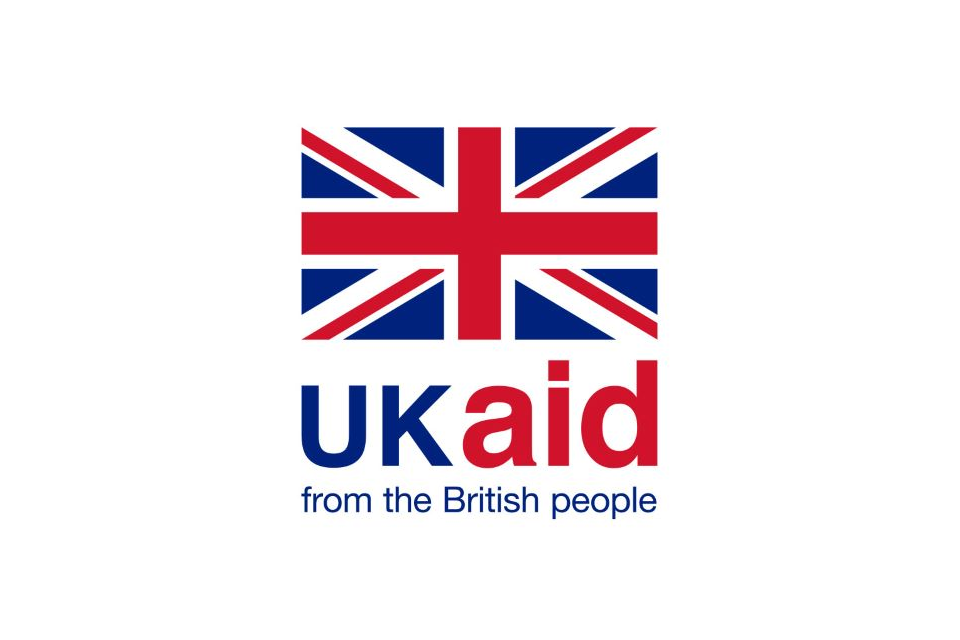
This project was funded by UK aid from the British people. Find out more in this blog from UK Aid Direct (open in new tab).
